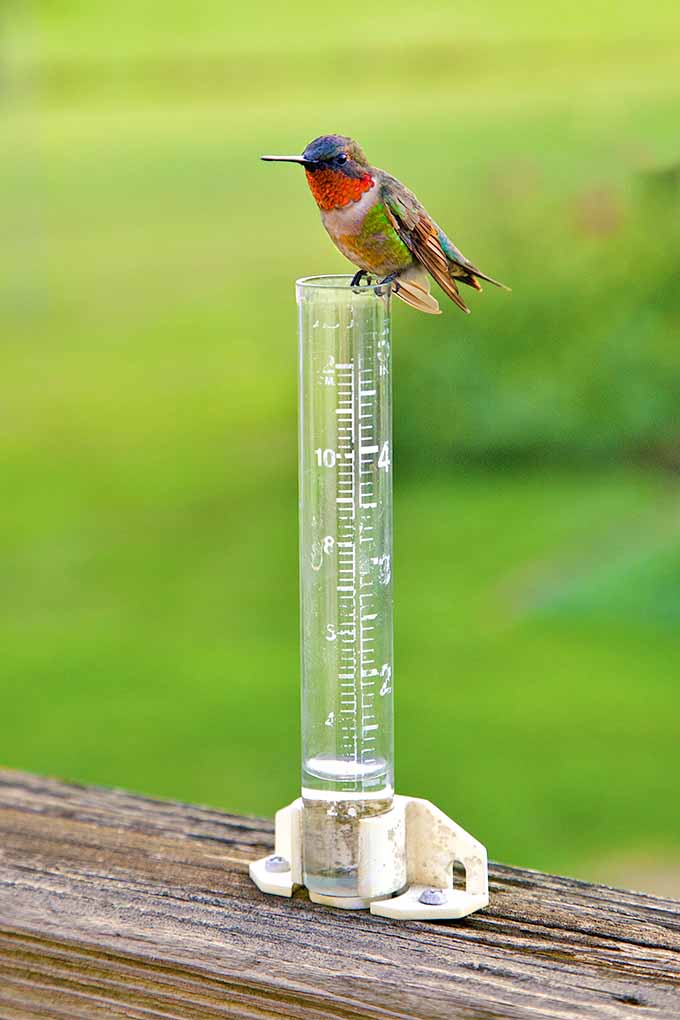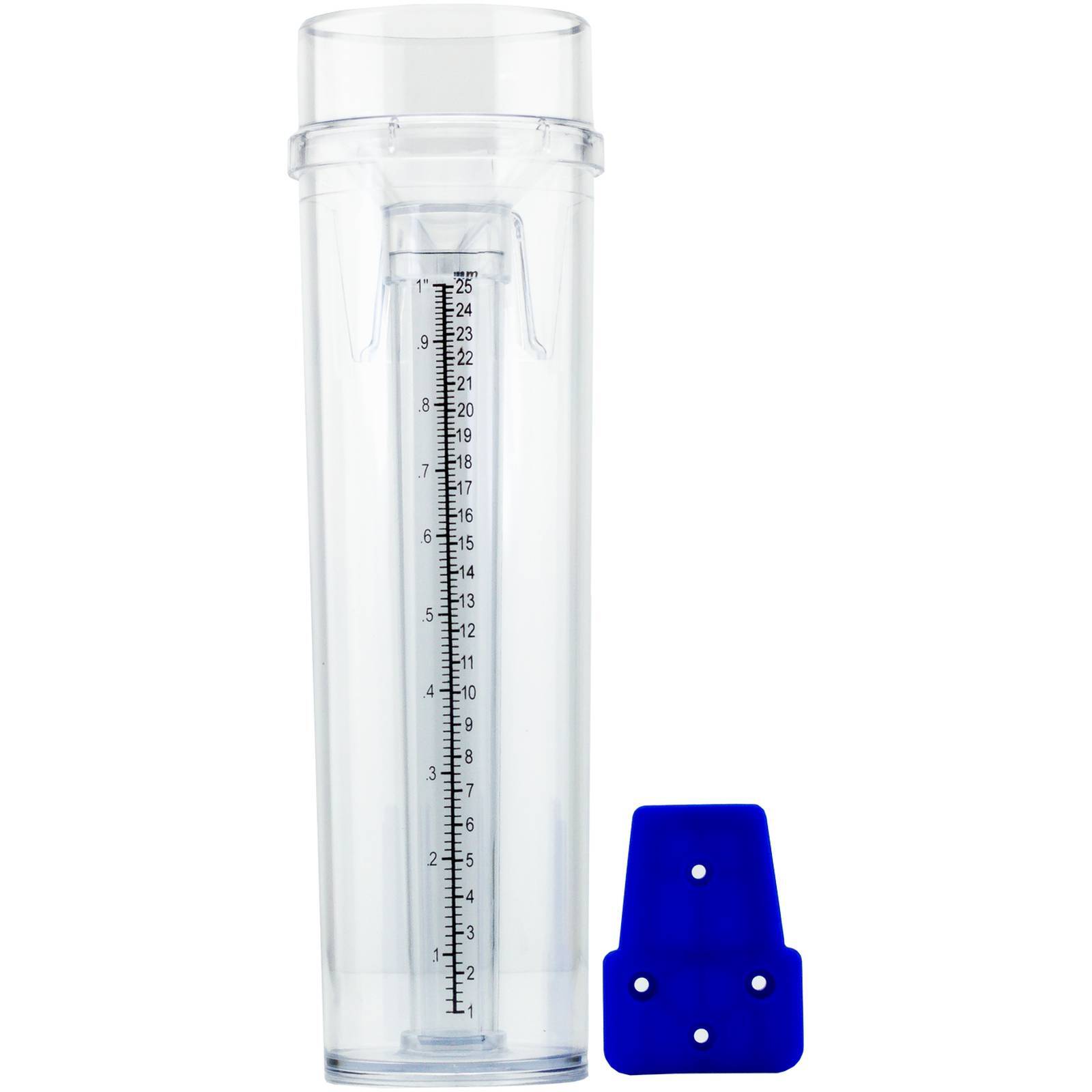Contrast the Leading Rain Gauge Versions for Accurate and Consistent Readings
Contrast the Leading Rain Gauge Versions for Accurate and Consistent Readings
Blog Article
Unveiling the Scientific Research Behind Rainfall Determines: How These Instruments Play a Critical Duty in Climate Study and Ecological Tracking
Rainfall gauges, relatively straightforward devices, hold an extensive relevance in the realm of environment research and environmental surveillance. These humble instruments silently collect one of nature's most important aspects-- rains. Yet, behind their plain exterior exists an intricate scientific research that is essential for comprehending the characteristics of our environment. As we peel off back the layers of this scientific veil surrounding rain gauges, we reveal a world where accuracy, information precision, and thorough observation converge to reveal a much deeper understanding of our changing climate and its influence on the earth.
Significance of Rainfall Scales
Rainfall evaluates play an important function in monitoring and determining rainfall degrees, supplying necessary information for environment research study and analysis. These tools are essential in evaluating the amount of rains that occurs in a specific area over a particular period. By collecting and gauging rain, rainfall evaluates offer important insights into the distribution and intensity of rainfall, helping meteorologists, hydrologists, and climatologists in comprehending climate patterns and trends.
One of the vital reasons that rain evaluates are essential is their capacity to offer accurate and local data. Unlike satellite or radar-based dimensions, which provide more comprehensive observations, rain determines deal specific details specific to the area where they are placed. This local data is essential for numerous applications, consisting of flooding forecasting, dry spell monitoring, and water resource management. Additionally, lasting information collected from rain gauges aids in examining climate modification effects and patterns, contributing considerably to clinical study and decision-making procedures. Basically, rain determines act as necessary devices in the field of weather forecasting and ecological science, playing an important duty in progressing our understanding of weather and environment dynamics.
Kinds Of Rain Scales

Capability and Operation
In the realm of climate research and meteorological research studies, the performance of rain determines hinge on their elaborate functionality and precise operational systems. Rainfall evaluates are made to accurately measure the amount of rainfall that falls over a certain area during a collection period. These devices typically consist of a funnel that collects rainwater and networks it into a gauging tube. The gauging tube is marked with adjusted dimensions that enable the specific metrology of rains.
The capability of rain gauges is based on the principle of accumulating and determining rain in a standardized way. This collected data is vital for recognizing neighborhood weather condition patterns, tracking long-lasting environment fads, and analyzing environmental influences. To make certain accurate dimensions, rain assesses need to be tactically positioned in open areas away from More Bonuses blockages such as structures or trees that could interfere with the collection procedure.
The functional aspect of rain determines involves routine upkeep to prevent debris build-up, calibration checks to keep measurement precision, and data videotaping for evaluation (rain gauge). In general, the functionality and procedure of rain assesses are crucial for collecting trustworthy precipitation information crucial to environment study and ecological tracking
Duty in Environment Study
Given the crucial value of precise precipitation measurements in comprehending weather condition patterns and environmental impacts, the function of rain evaluates in climate research study is crucial. Rainfall determines provide vital data for environment study by measuring the quantity of rainfall that drops over a specific area throughout an offered duration. This information is critical for keeping track of lasting fads in precipitation patterns, assessing the impact of climate adjustment on rains distribution, and improving climate designs.

Environment scientists use data gathered from rain gauges to analyze variations in rainfall degrees, recognize local climate fads, and examine the effectiveness of water source management approaches. By comparing historic precipitation information with current dimensions, scientists can detect changes in precipitation patterns, such as changes in the frequency or intensity of rains events. This information is these details essential for comprehending how climate adjustment is affecting precipitation characteristics and can help policymakers make notified choices regarding adaptation and mitigation strategies.
Applications in Environmental Surveillance

In flooding forecasting, rain scale information aids to track rains strength and distribution, enabling authorities to issue timely warnings and take necessary steps to alleviate flooding risks (rain gauge). Drought tracking relies upon rain scale information to evaluate dampness levels in the dirt and track rainfall deficits, helping in the recognition of drought-prone locations and the application of dry spell action approaches
Moreover, rain scale information plays an important function in water source management by supplying information on water availability and use fads. Additionally, in farming, rainfall scale data helps farmers in maximizing irrigation timetables, plant selection, and total farm monitoring practices based on regional rainfall patterns.
Verdict
To conclude, rain assesses are crucial tools for measuring precipitation, offering useful information for environment research study and ecological tracking. With different kinds and capabilities, rainfall assesses play a critical duty in recognizing company website rainfall patterns and their influence on the atmosphere. By precisely measuring rainfall, these devices add to the advancement of clinical knowledge and help in making educated choices relevant to water resource administration and catastrophe preparedness.
Rainfall determines play an essential role in surveillance and gauging rainfall levels, offering important data for climate study and evaluation. The conventional rain scale, understood as the "tipping bucket" scale, is one of the most typically utilized devices. Ultrasonic rainfall assesses usage audio waves to spot the existence of rainfall, supplying real-time data on rainfall levels.Environment researchers make use of data collected from rainfall gauges to assess variations in rainfall levels, recognize regional environment patterns, and evaluate the efficiency of water resource administration strategies.In verdict, rain assesses are vital devices for determining rainfall, providing useful data for climate study and environmental tracking.
Report this page